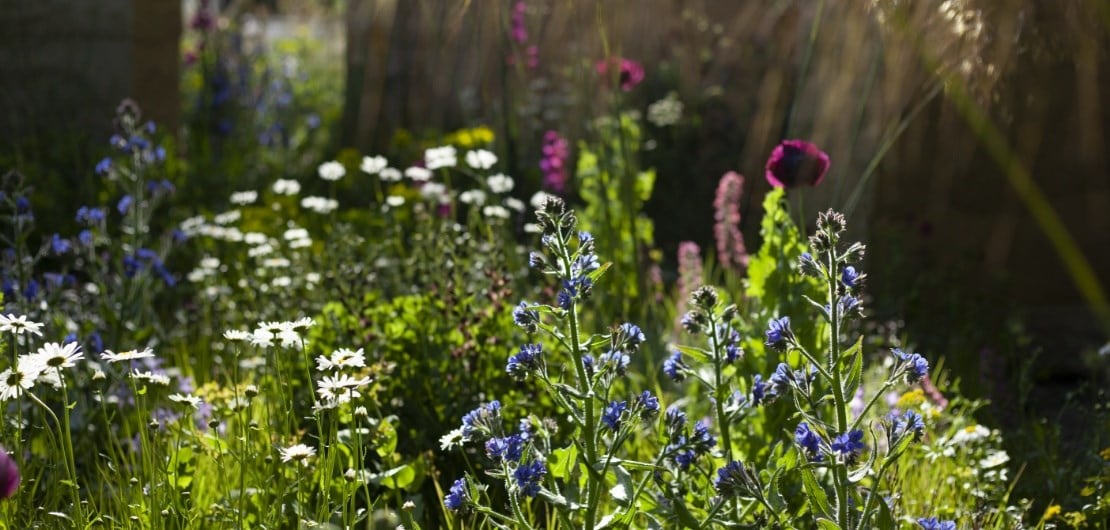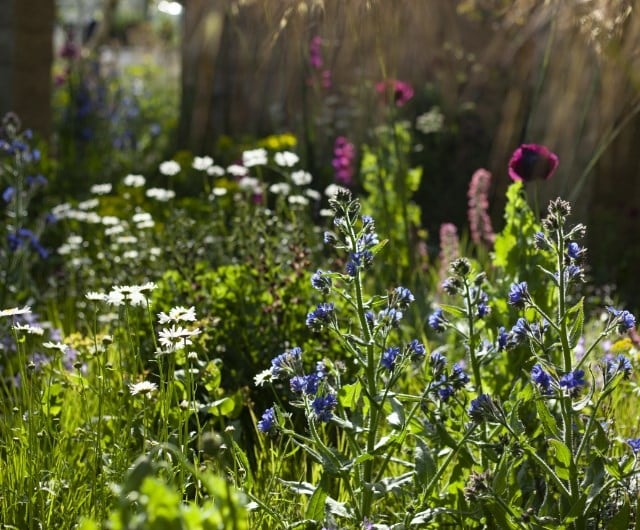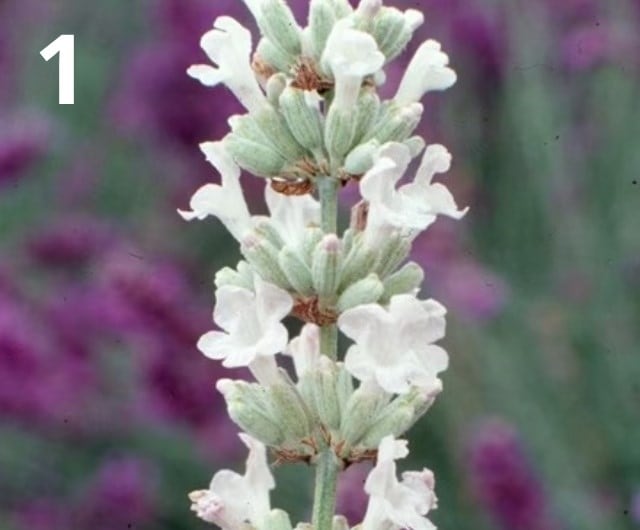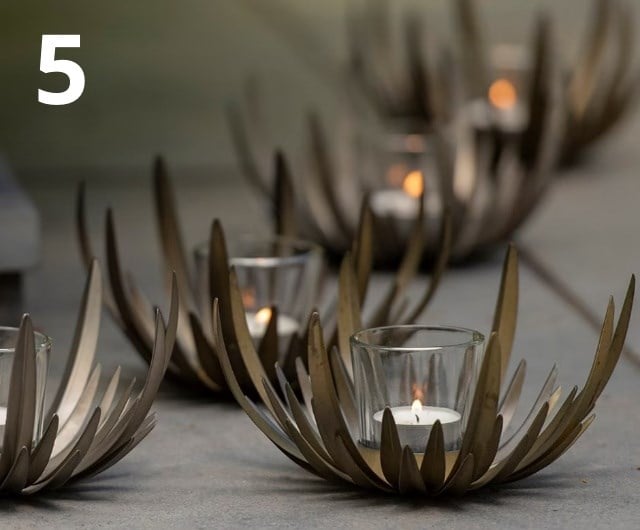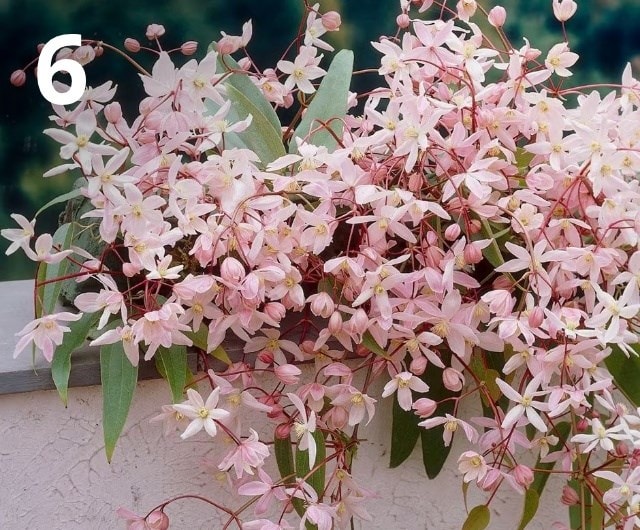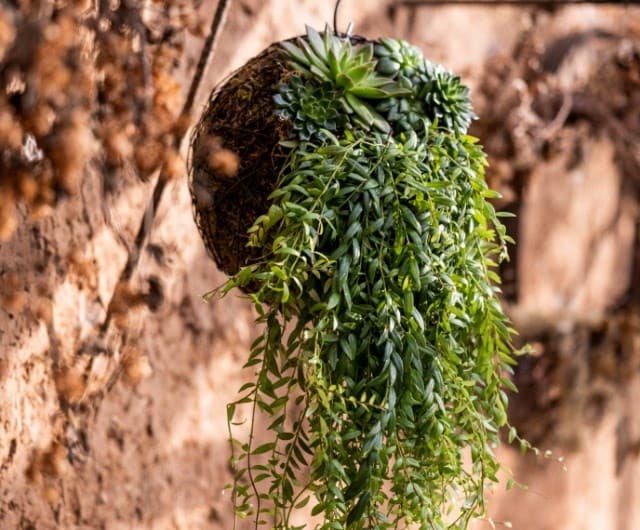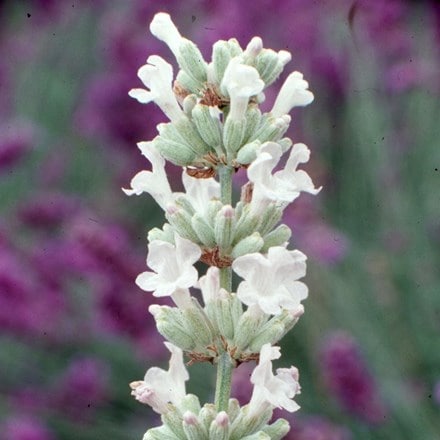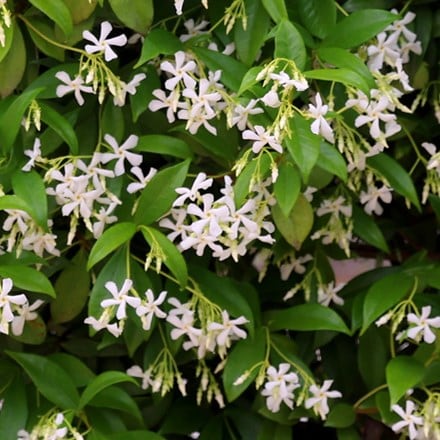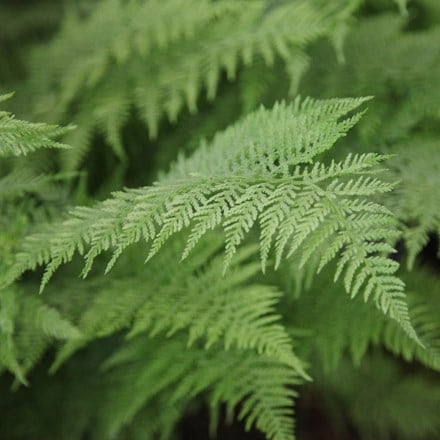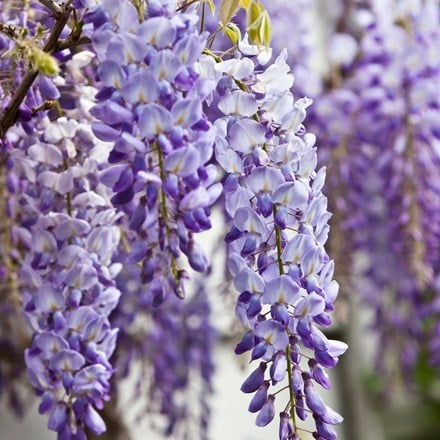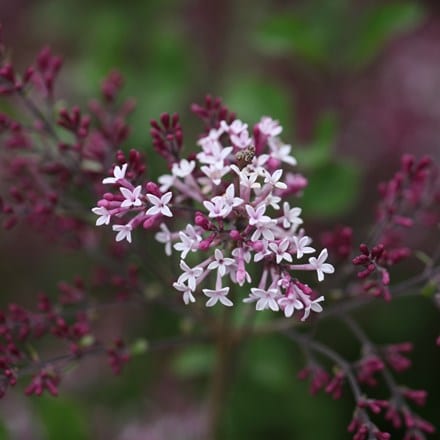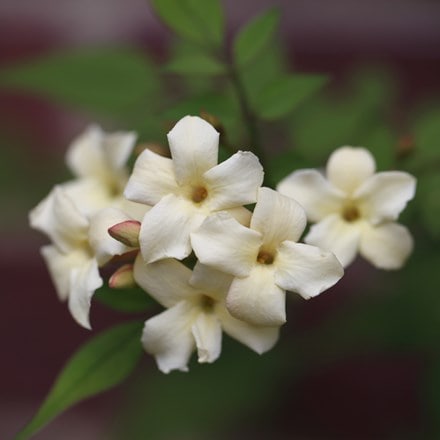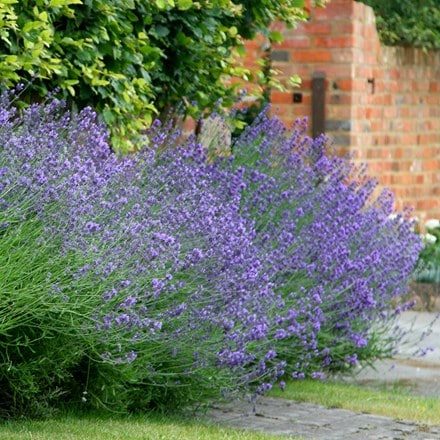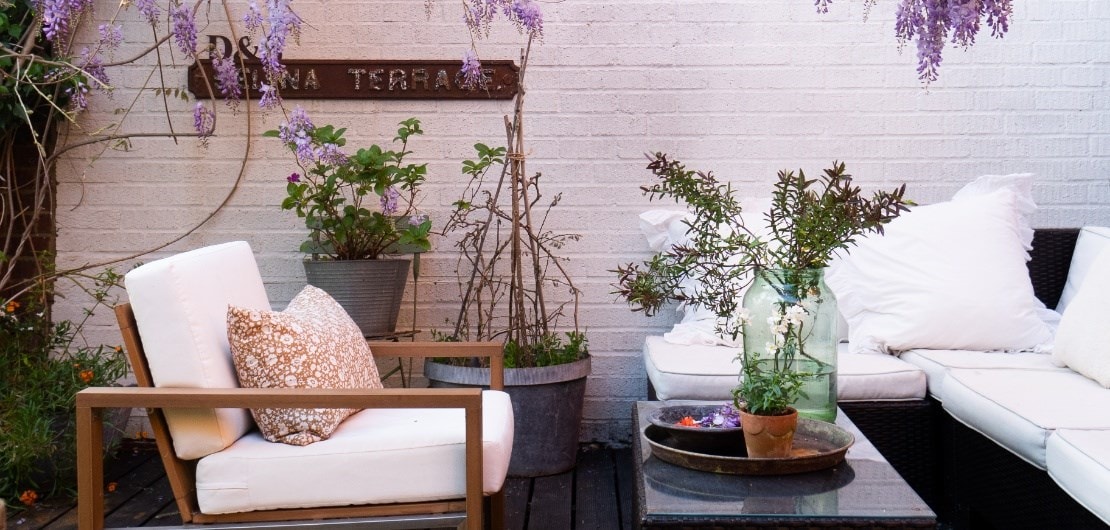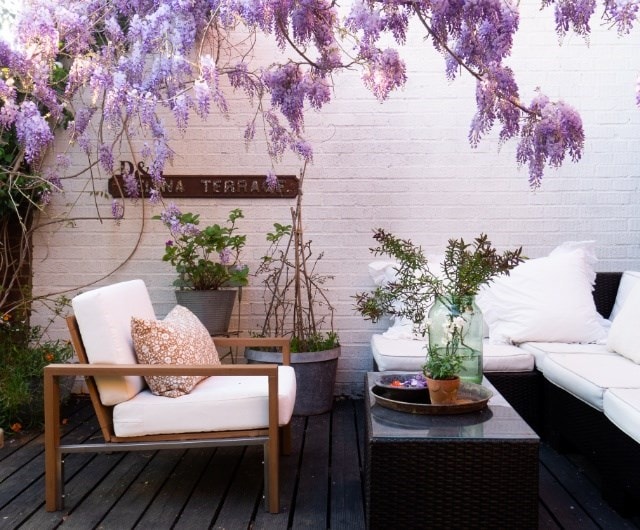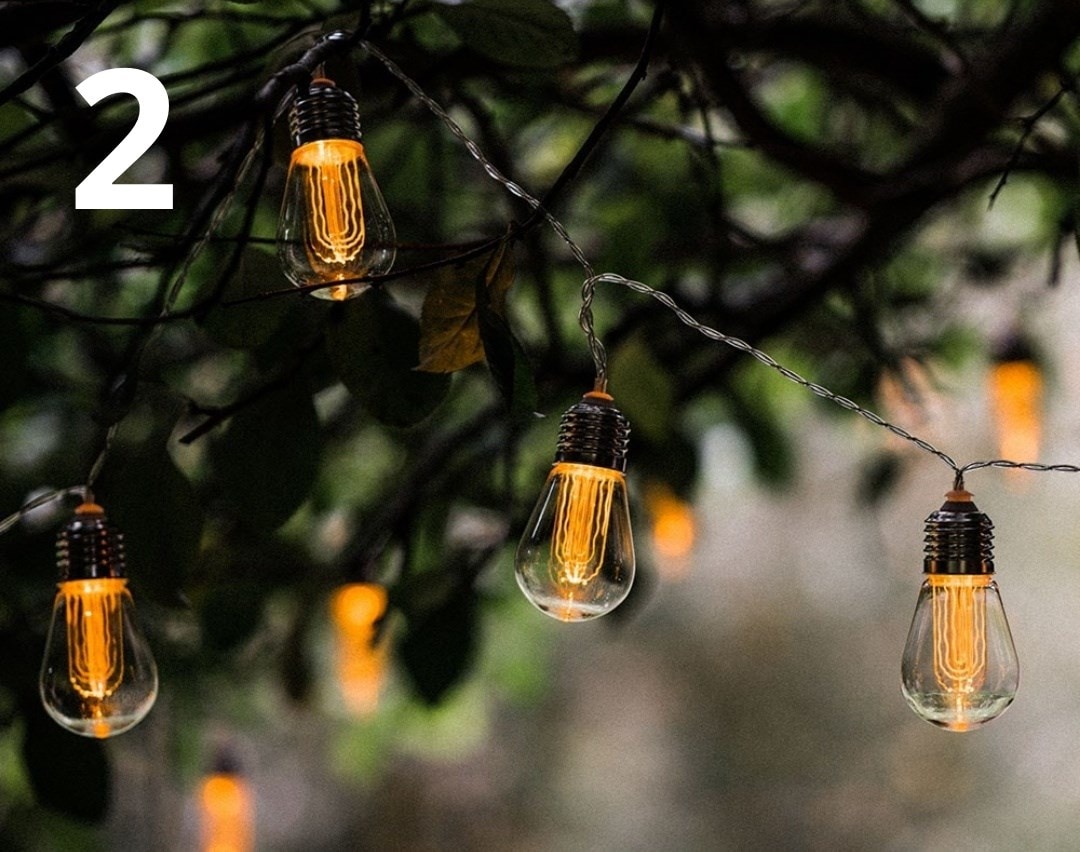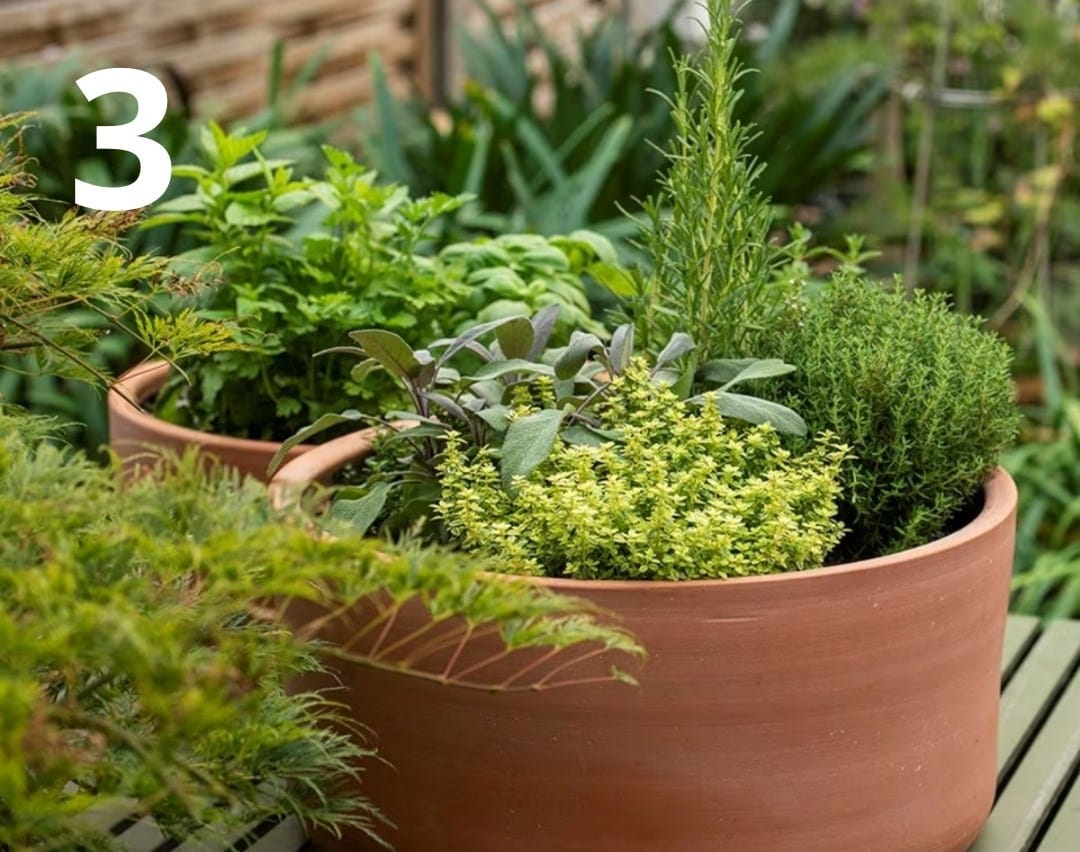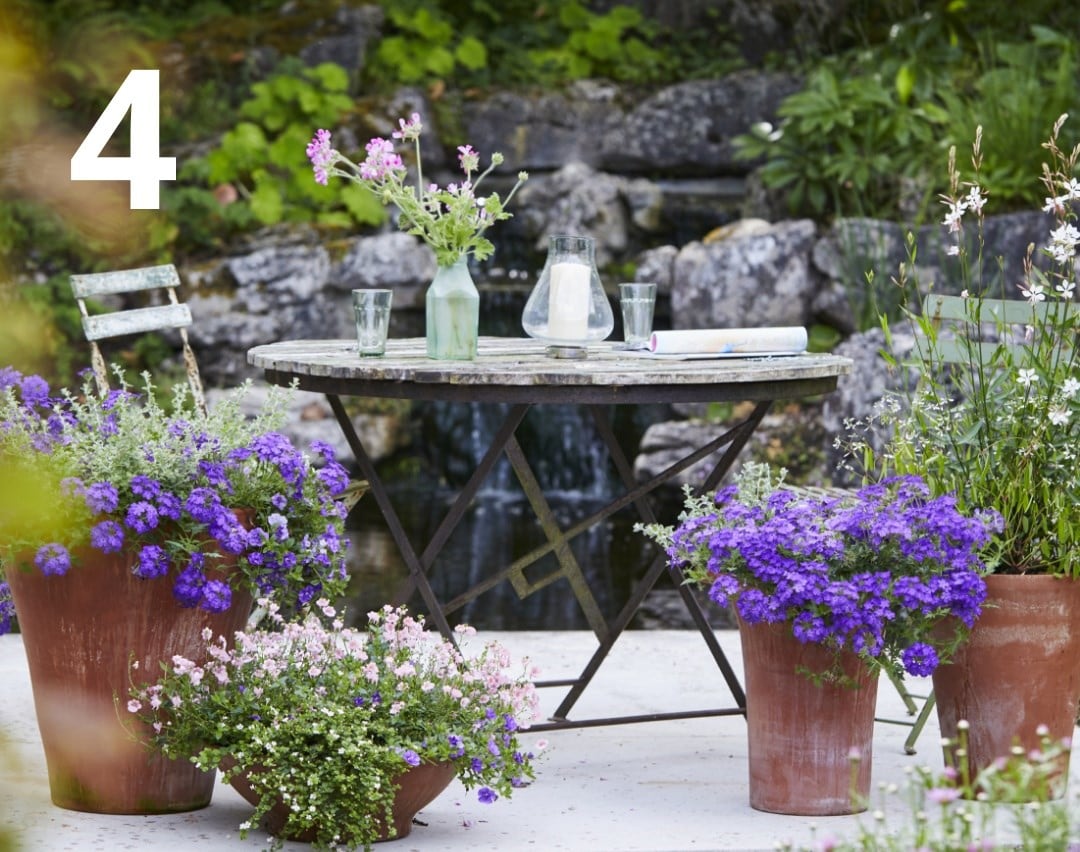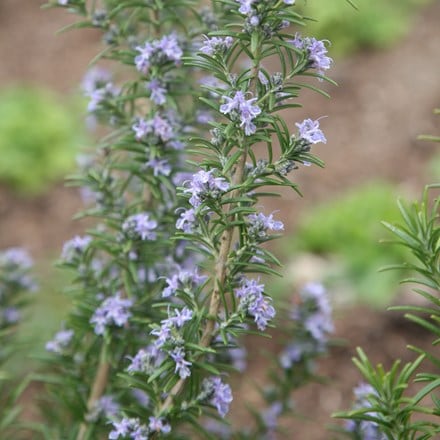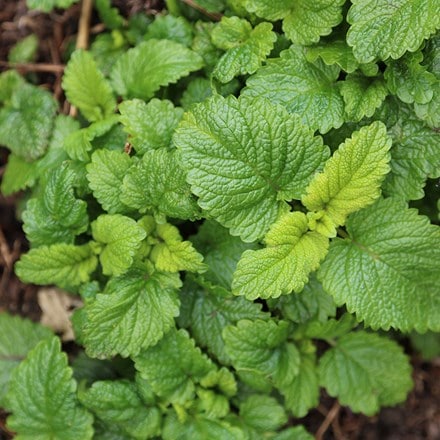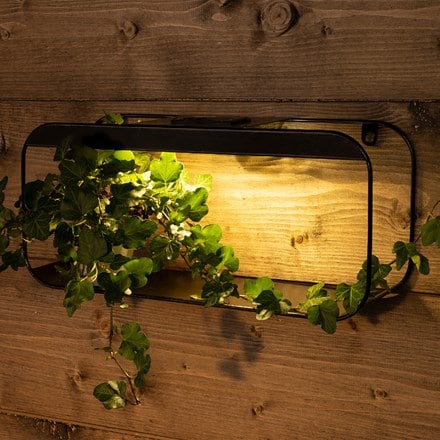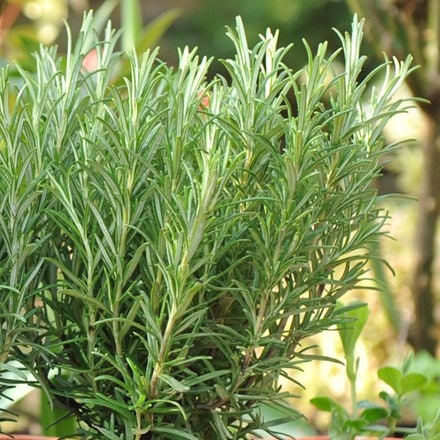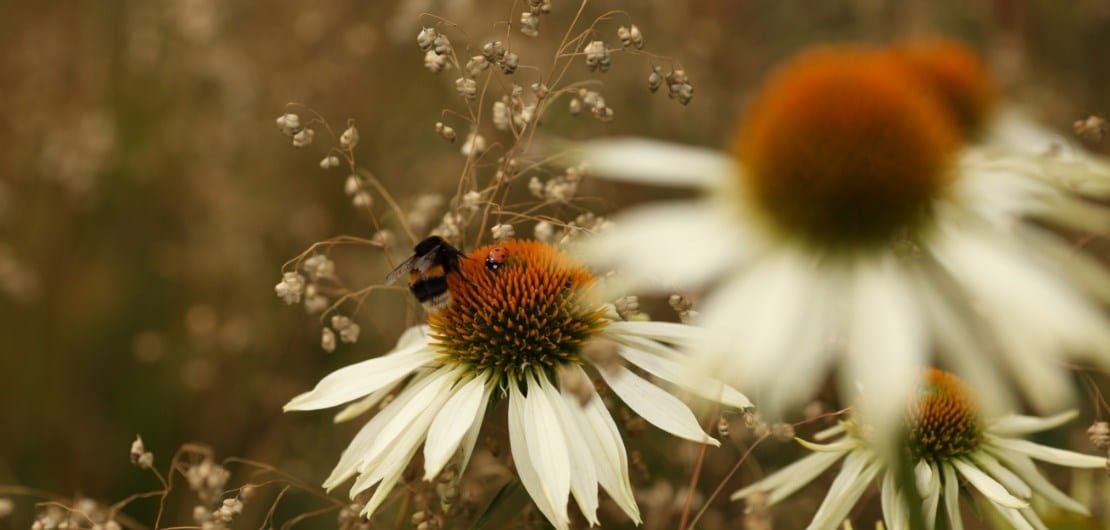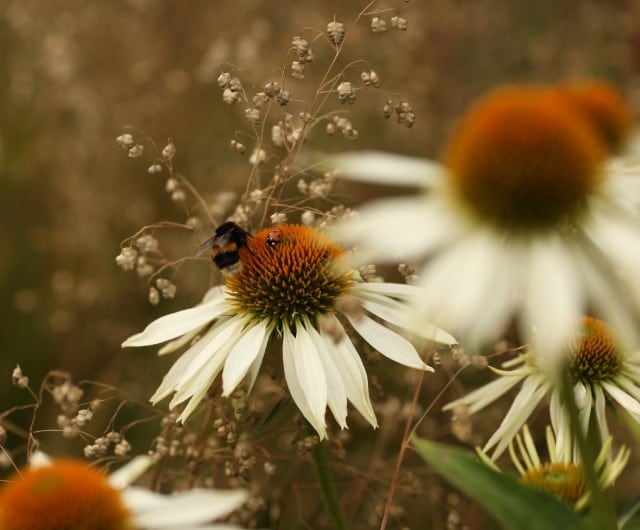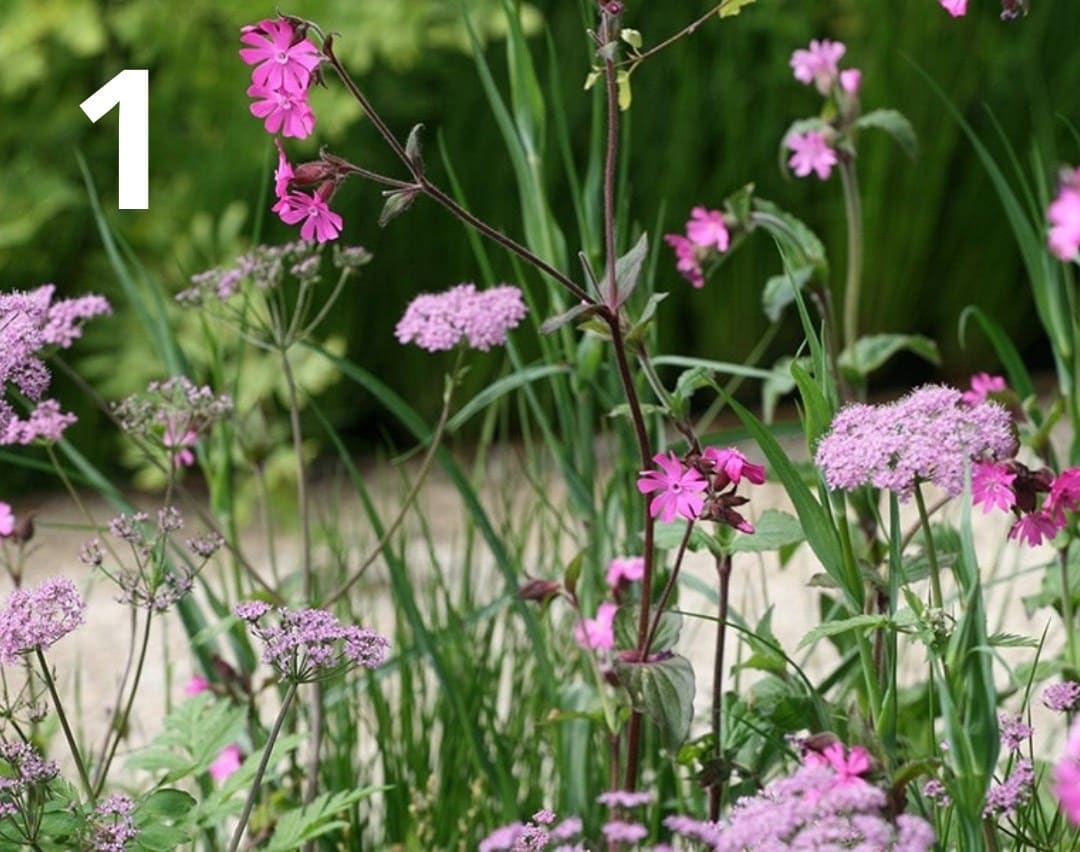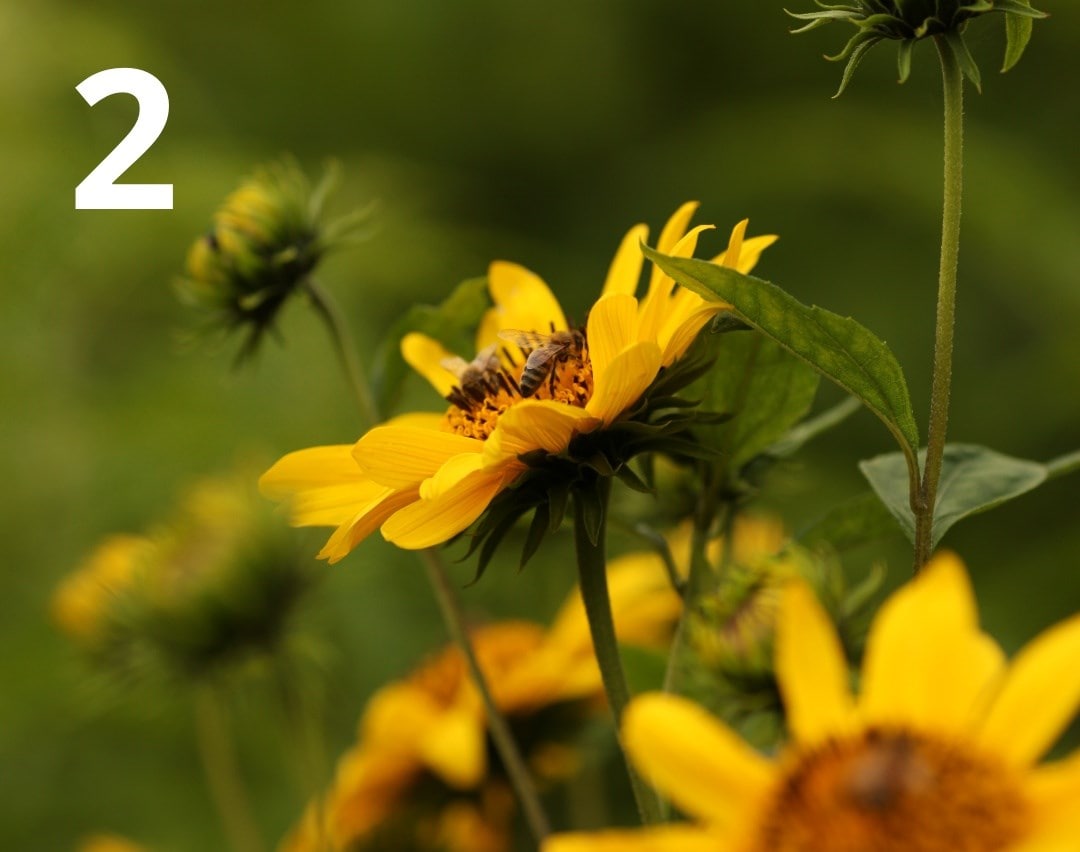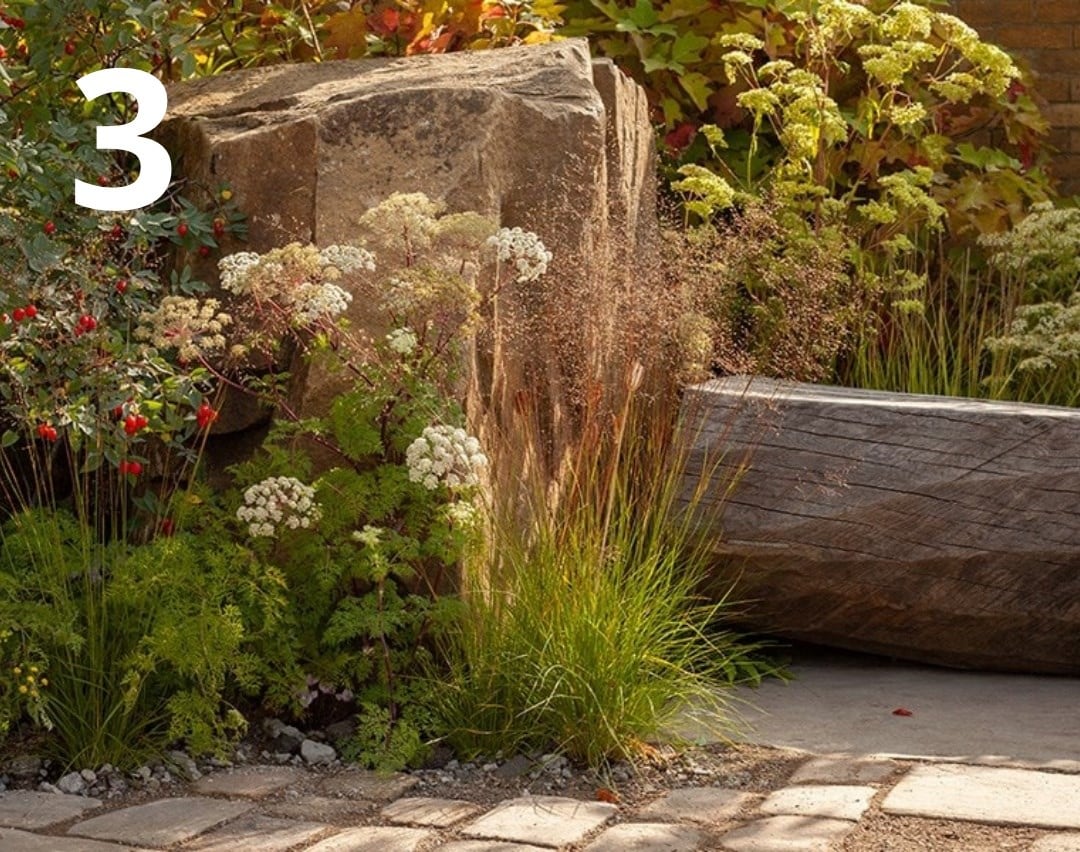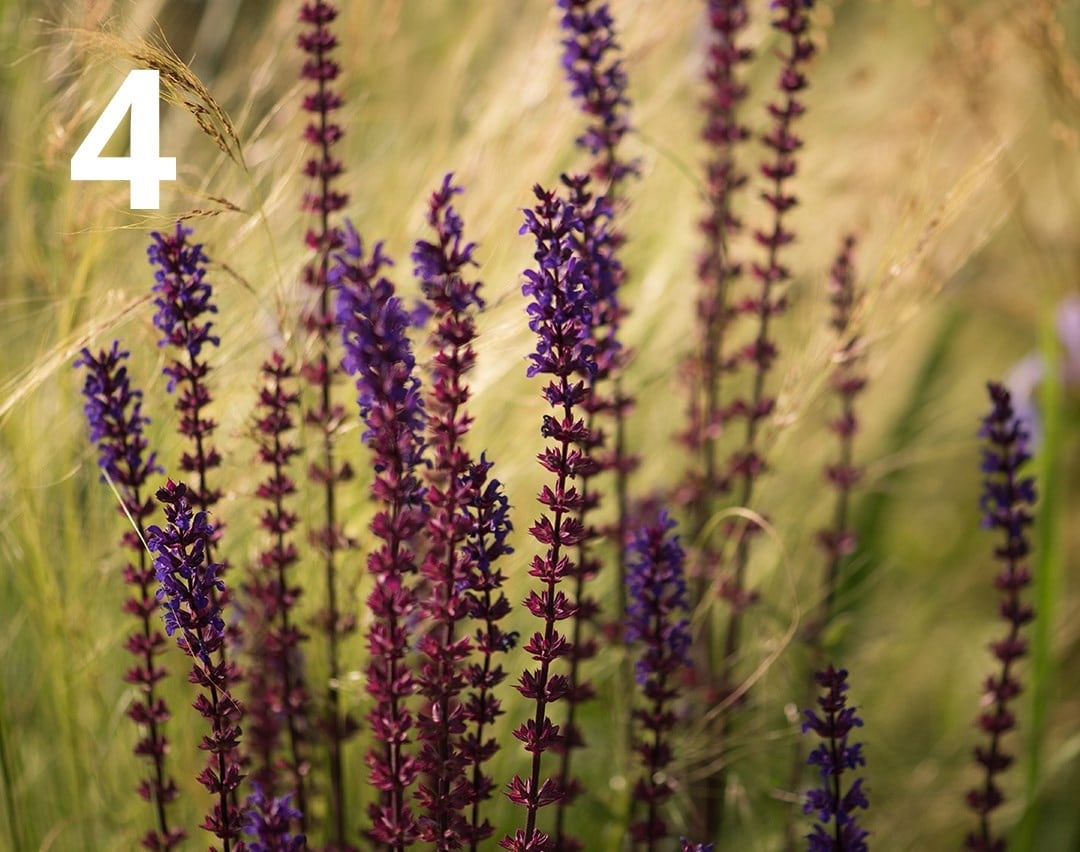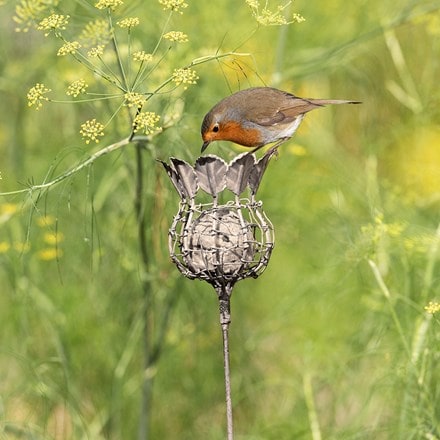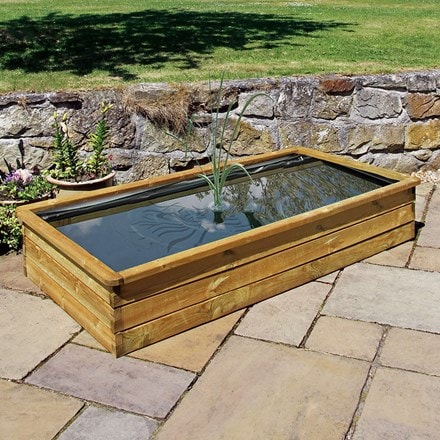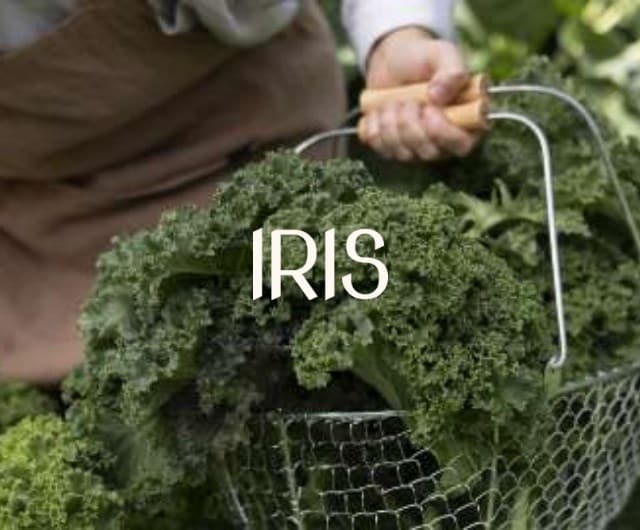Lesson 2: Get inspired - top garden trends
The plants and materials you use in your garden will have a big impact on its overall look and feel - and one of the keys to good garden design is to create a cohesive plan, where all the separate elements are in harmony with one another. This week you will be seeking inspiration and creating a moodboard to reflect what is important to you in your garden. Mix and match your favourite plants, pots, ornaments etc. - or take inspiration from some of the trends that we think will be big this year.

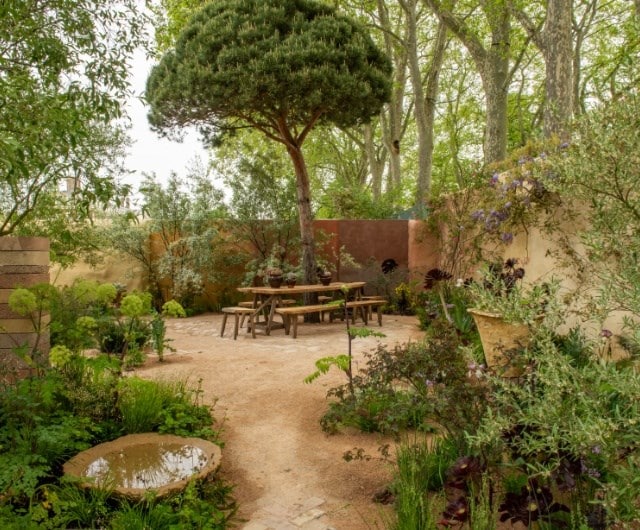
Garden style inspiration
We've seen these themes emerge and gain in popularity over the last few years at the Chelsea Flower Show - all of which offer the perfect antidote to our busy lifestyles. There's been a special emphasis on those plants that are beneficial to wildlife within a more relaxed, rewilded garden style packed with billowing, romantic or cottage-style planting. We've also seen a movement towards the use of gardens as personal sanctuaries, creating peaceful havens that are a source of relaxation, contemplation and mindfulness. Lastly, many modern gardens are being treated as extensions to our living space - reclaiming every inch of outdoor space to create outdoor 'rooms' to host family and friends.
This week your task is to create a moodboard to collate your ideas, the plants you like and the style of garden that you hope to emulate.
You can use a tool like Pinterest to create a moodboard or get out some scissors and snip images you like from magazines. To spark your imagination you can follow our tips to create your dream garden (and next week we'll tell you how to plan the planting).



